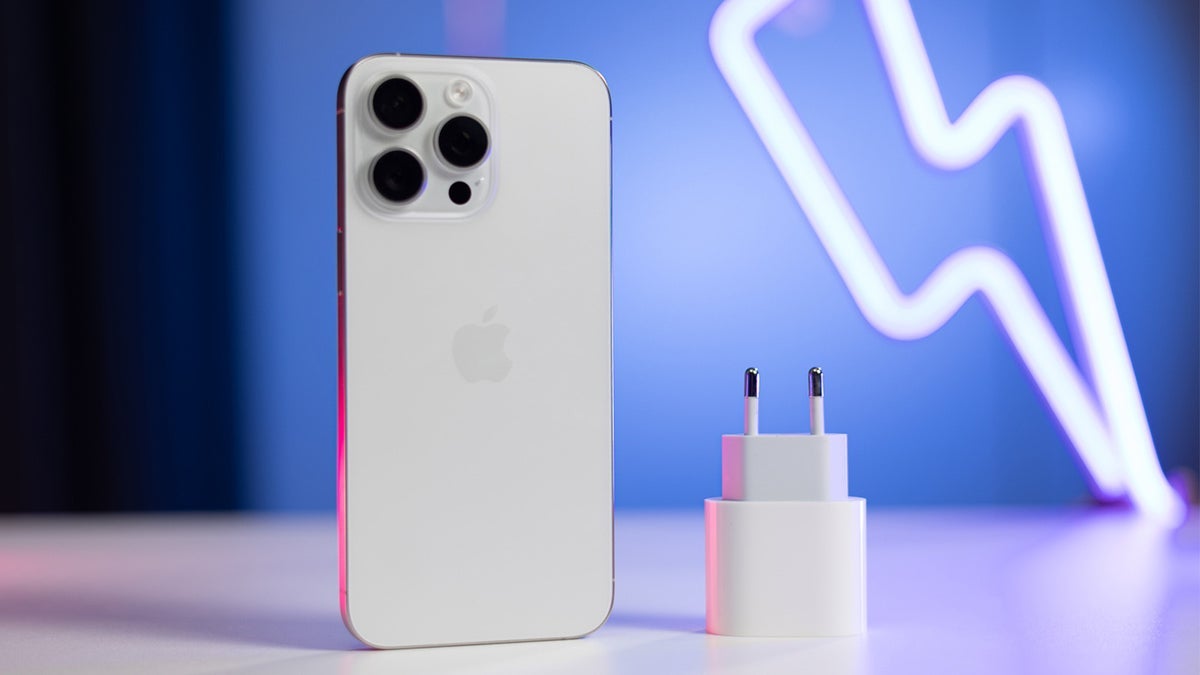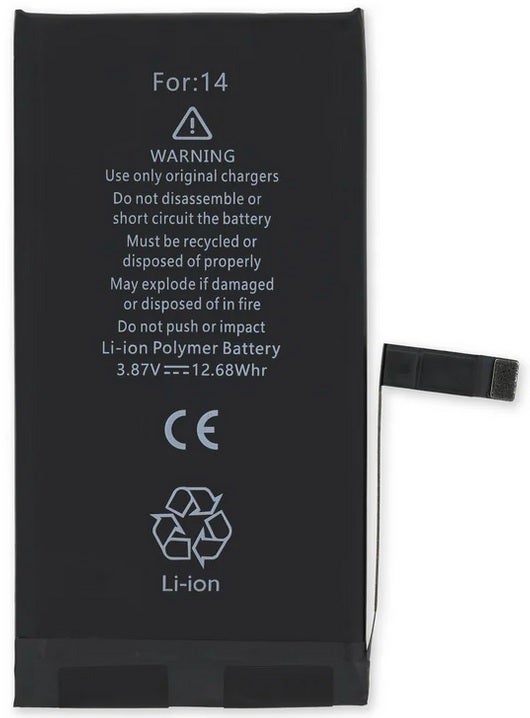Tech
You soon might be able to fully charge your smartphone battery in one minute

How would you like to fully charge your smartphone battery in one minute? That would be pretty cool and it could allow smartphone manufacturers to get away with using lower-capacity batteries inside phones. Doing this would leave more room inside these devices to add the components required for enhanced computing and data capabilities. According to a new study found in the Proceedings of the National Academy of Sciences (PNAS), a cutting-edge technique discovered by the University of Colorado could allow phones to charge to 100% in as little as 60 seconds.
Gupta notes that while some of these techniques have been used to study the flow in porous materials such as oil reservoirs and water filtration, they have not been fully studied for energy storage systems. “Given the critical role of energy in the future of the planet, I felt inspired to apply my chemical engineering knowledge to advancing energy storage devices,” Gupta said. “It felt like the topic was somewhat underexplored and as such, the perfect opportunity.”

Battery for the iPhone 14
Gupta adds, “The primary appeal of supercapacitors lies in their speed. So how can we make their charging and release of energy faster? By the more efficient movement of ions.” One of the researchers’ biggest findings revealed that the way ions move differently than electrons at the intersections of tiny nanoscale pores. The research also found that the ions movements is different than what was expected under Kirchhoff’s law. The latter has been used to determine current flow in electrical circuits since 1845.
Through this research, ion movement in a complex network of thousands of interconnected pores can be simulated and predicted in only a few minutes. Says Gupta, “That’s the leap of the work. We found the missing link.”
It isn’t clear how long it will take for this research in the lab to become technology that will be found in your phone. But the idea of being able to charge your phone’s battery in an instant should help drive the research forward.







:max_bytes(150000):strip_icc()/roundup-writereditor-loved-deals-tout-f5de51f85de145b2b1eb99cdb7b6cb84.jpg)


